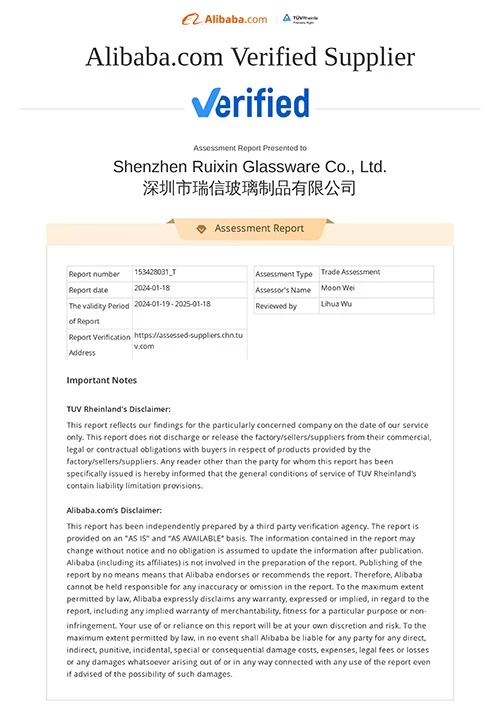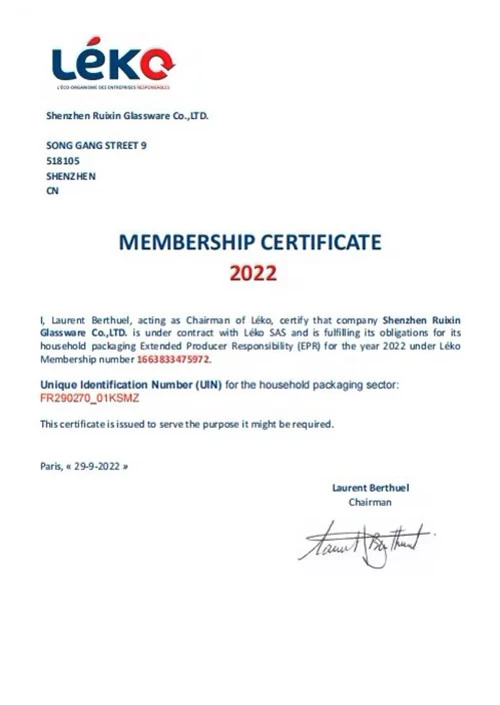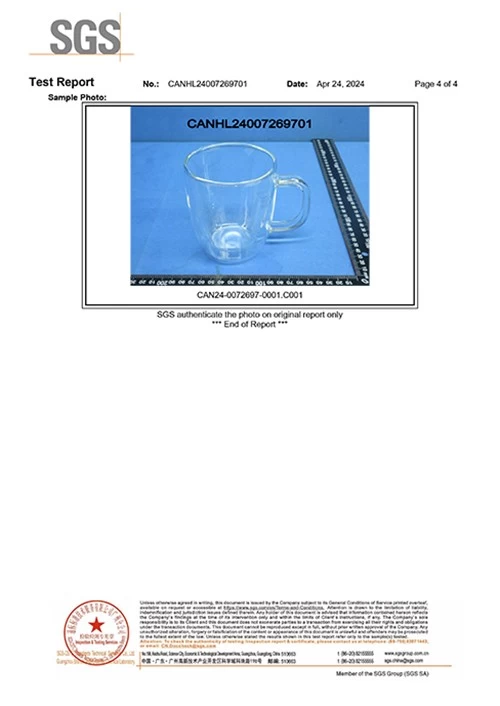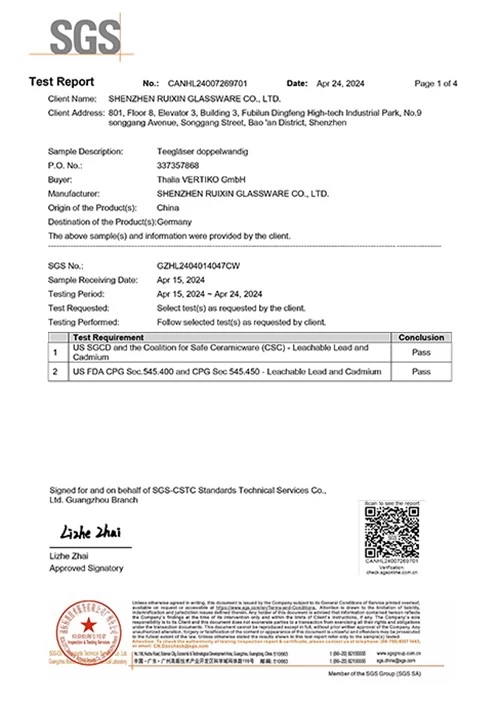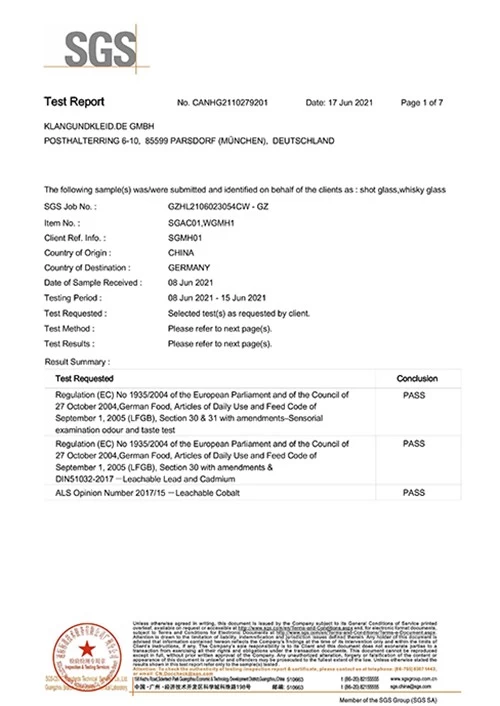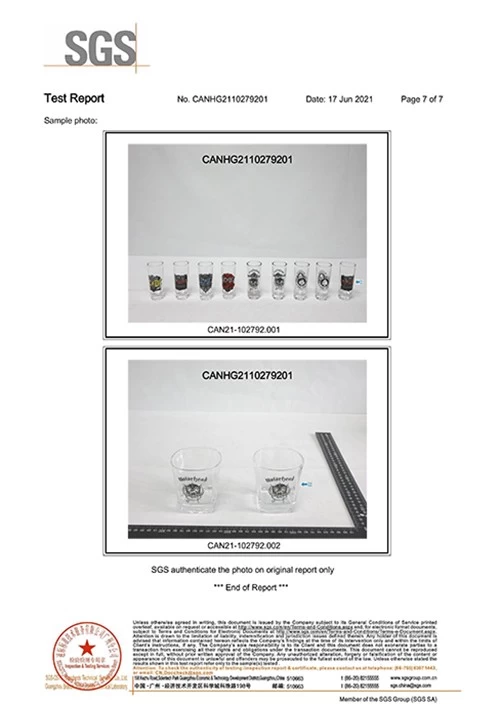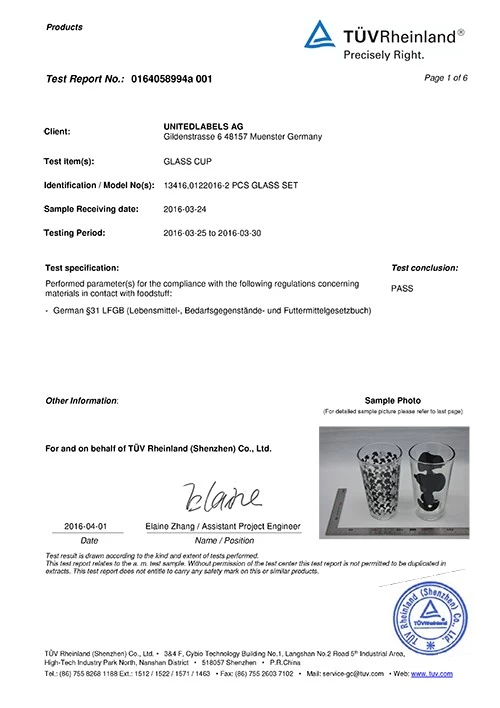Understanding the capacity and measurement units for glassware containers is crucial for accurate usage, especially in industries like food and beverage, and candle making. This article explores the conversion of US ounces and British ounces to milliliters, the distinction between capacity ounces and weight ounces, the impact of density on conversions, particularly for soy wax in candle jars, and the adjustment needed when candles are not filled to the top.
1. Conversion of US Ounces and British Ounces to Milliliters
When dealing with glassware containers, it's essential to convert ounces to milliliters correctly. There are two types of ounces: US fluid ounces and British (Imperial) fluid ounces.
- US Fluid Ounces:
1 US fluid ounce ≈ 29.5735 milliliters (ml)
To convert US fluid ounces to milliliters:
Milliliters = US fluid ounces × 29.5735 - British Fluid Ounces:
1 British fluid ounce ≈ 28.4131 milliliters (ml)
To convert British fluid ounces to milliliters:
Milliliters = British fluid ounces × 28.4131
These conversions are vital for ensuring consistency and accuracy in recipes, product formulations, and packaging.
2. The Difference Between Capacity Ounces (Liquid Ounces) and Weight Ounces
Capacity Ounces (Liquid Ounces): These measure volume. For example, when you say a glass holds 8 ounces of water, you refer to fluid ounces, a measure of volume.
Weight Ounces: These measure weight or mass. One weight ounce (avoirdupois ounce) is approximately 28.3495 grams.
To convert milliliters to liquid ounces:
Liquid Ounces = Milliliters / 29.5735 (for US fluid ounces)
To convert milliliters to weight ounces (for substances with known density):
Weight Ounces = (Milliliters × Density (g/ml)) / 28.3495
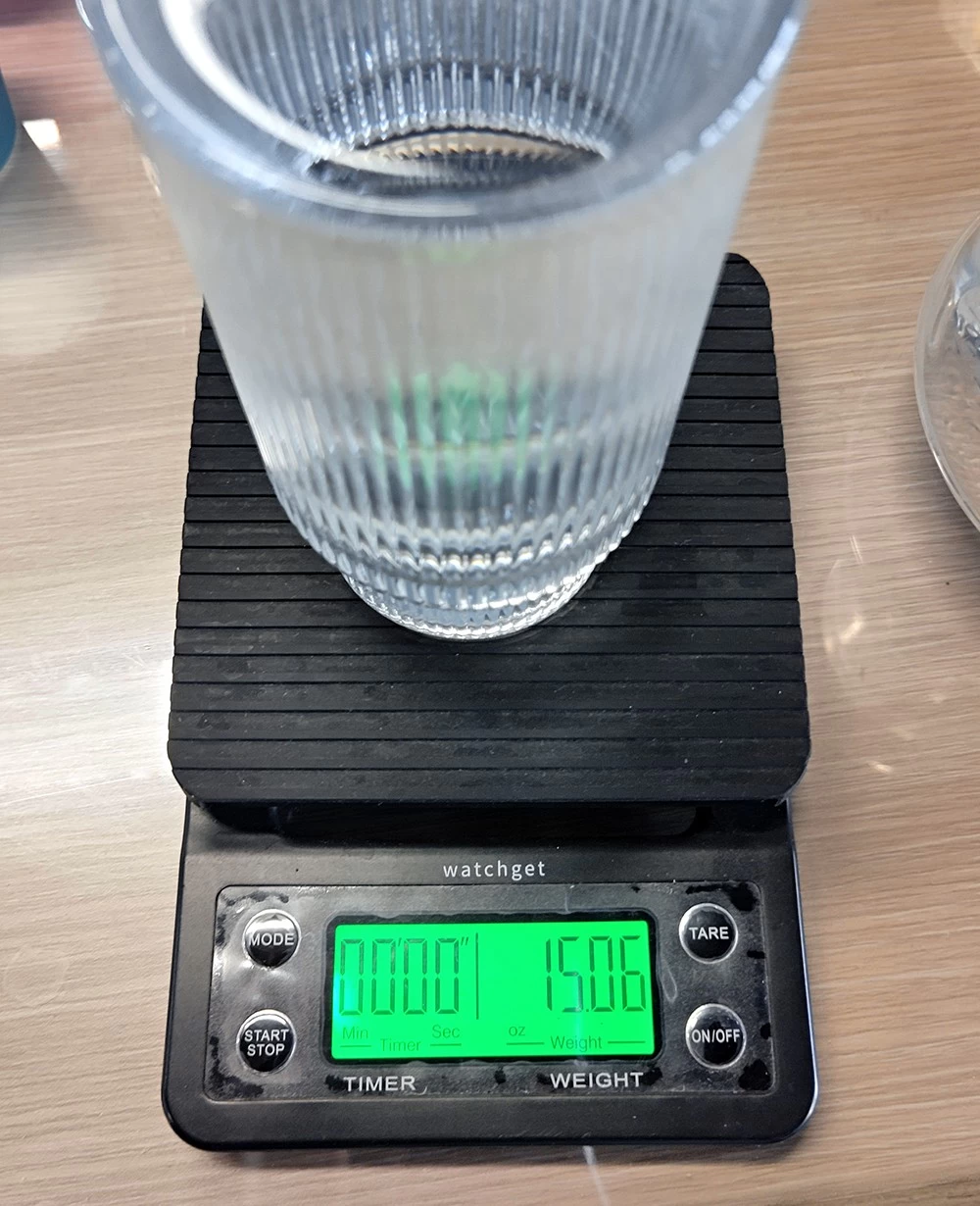
3. Application of Weight Ounce on Candle Glass Jar Filling
In candle making, particularly when filling glass jars, weight ounces are often used to measure the amount of wax. This is because the density of the wax affects how much volume it occupies in the jar. Knowing the weight in ounces helps in ensuring that the jars are filled uniformly and consistently.
For example, if a candle jar needs to hold 8 ounces of soy wax:
Weight in Grams = 8 ounces × 28.3495 g/ounce = 226.796 grams
However, candles are often not filled to the very top of the jar. Typically, only about 80% of the jar's capacity is used to avoid overflow and ensure safety. To account for this, you multiply the jar's total capacity by 0.8.
For example, if a candle jar has a capacity of 500 milliliters, the actual volume used for soy wax would be:
Usable Volume = 500 ml × 0.8 = 400 ml
4. How Does the Density of Soy Wax Affect the Conversion Formula Between Milliliters and Weight Ounces
The density of soy wax plays a crucial role in converting between milliliters and weight ounces. Soy wax typically has a density of about 0.9 grams per milliliter (g/ml). This density factor means that 1 milliliter of soy wax weighs approximately 0.9 grams.
To convert milliliters to weight ounces for soy wax:
Weight Ounces = (Milliliters × 0.9 g/ml) / 28.3495 g/ounce
For example, to convert 500 milliliters of soy wax to weight ounces:
Weight Ounces = (500 ml × 0.9 g/ml) / 28.3495 g/ounce ≈ 15.87 ounces
Since candles are typically not filled to the top, you should adjust for the actual filling volume. For instance, using the 80% rule:
For example, to convert 500 milliliters to the usable volume for soy wax:
Usable Volume = 500 ml × 0.8 = 400 ml
Then convert this usable volume to weight ounces:
Weight Ounces = (400 ml × 0.9 g/ml) / 28.3495 g/ounce ≈ 12.7 ounces
Understanding these conversions ensures precision in filling candle jars, leading to consistent product quality and customer satisfaction.
Conclusion
Accurate measurement and conversion between different units of capacity and weight are fundamental in industries dealing with glassware containers. By understanding the conversions of US and British ounces to milliliters, the distinction between capacity and weight ounces, the role of density in these conversions, and the adjustment needed when candles are not filled to the top, businesses can ensure precision and consistency in their products. Whether it's for filling candle jars or measuring liquid ingredients, these principles are essential for achieving the desired outcomes.

